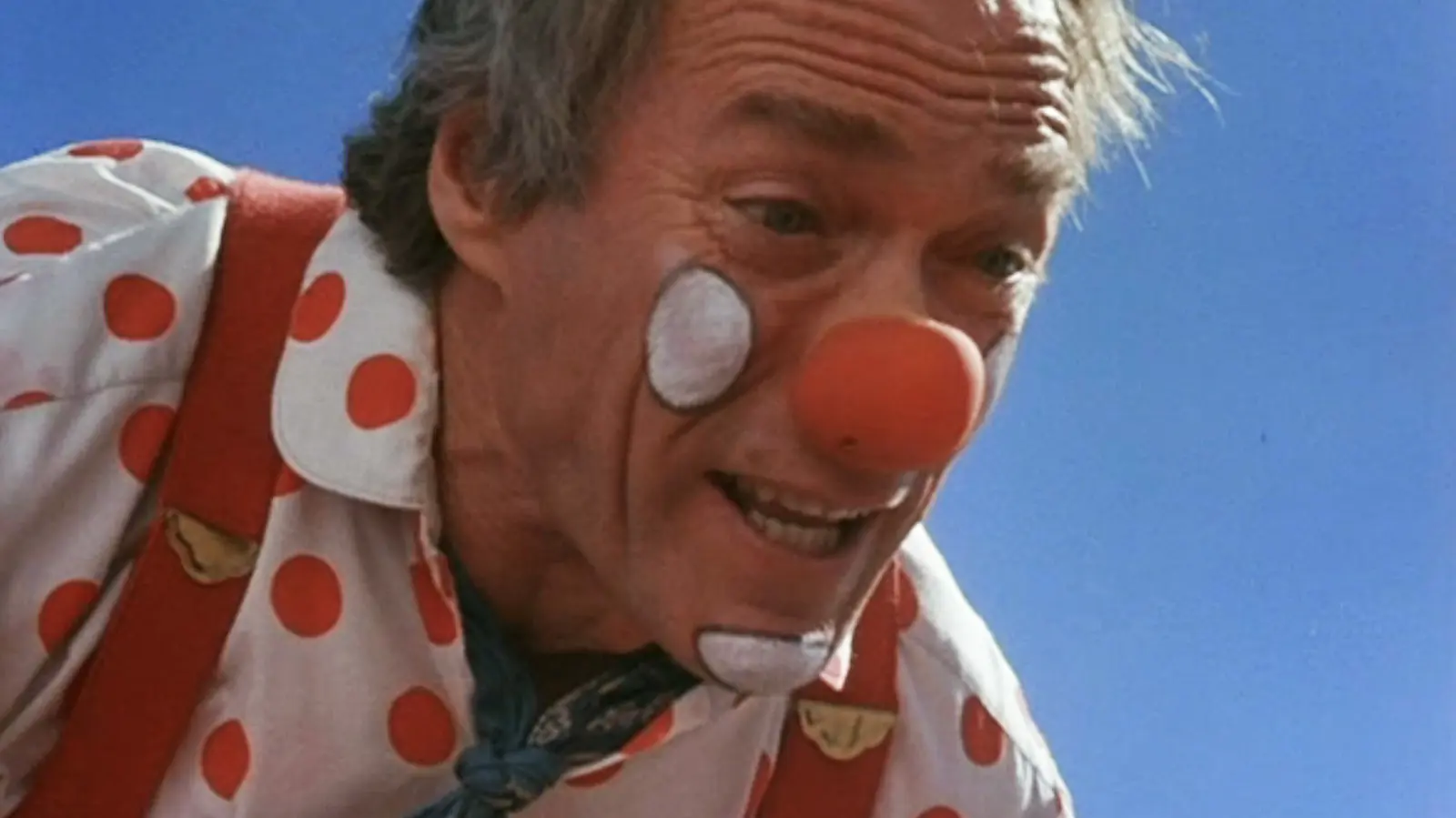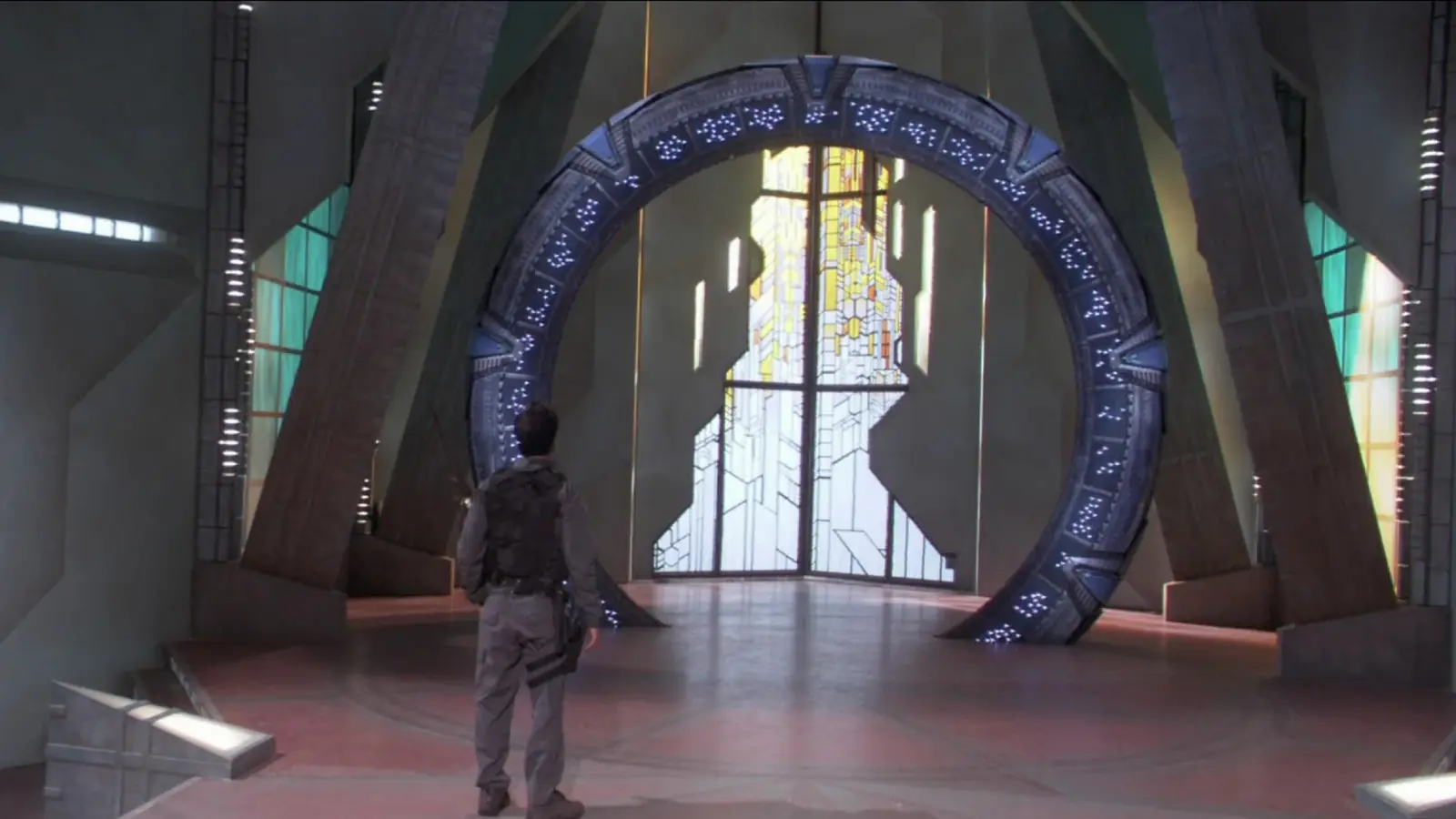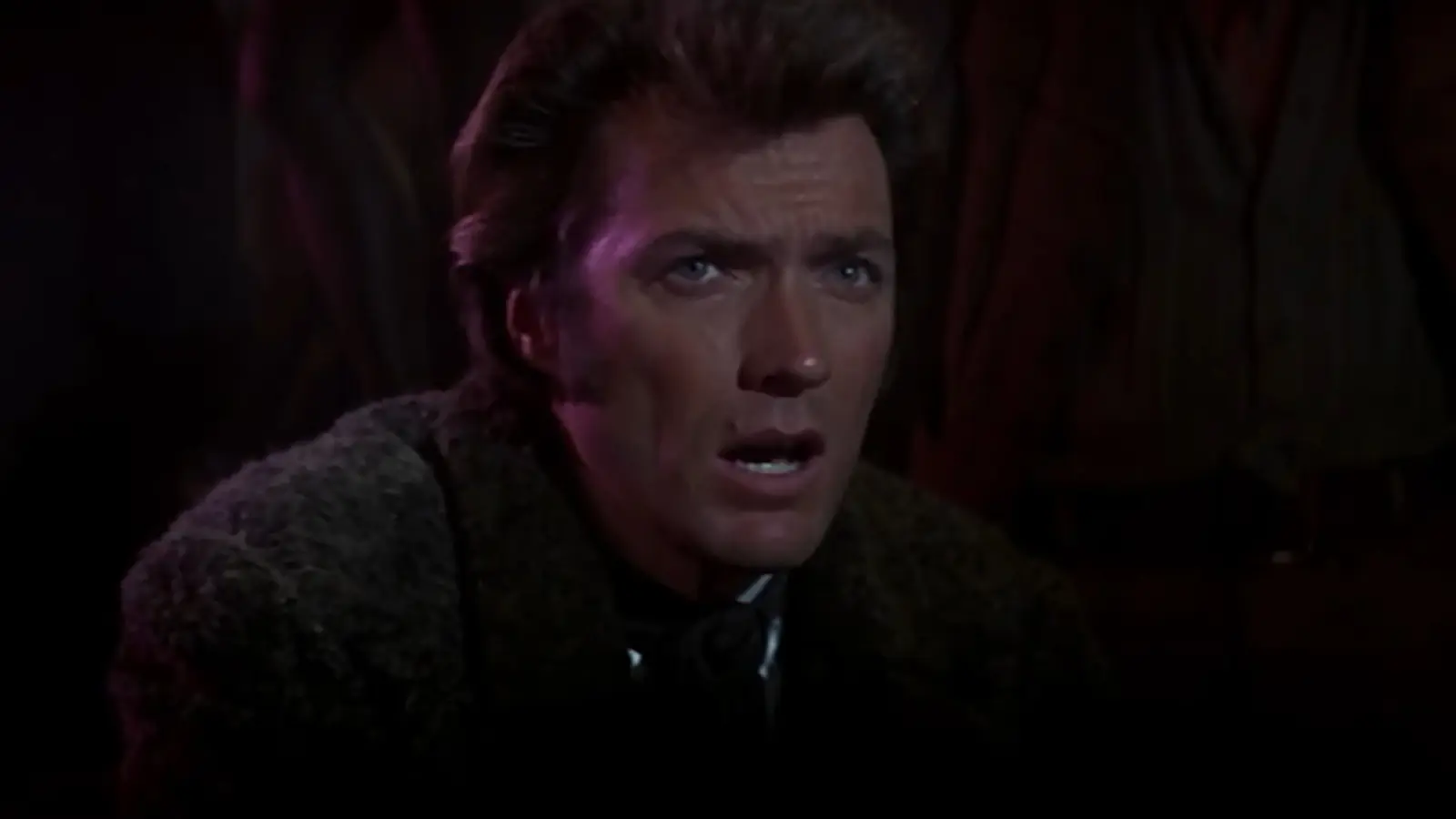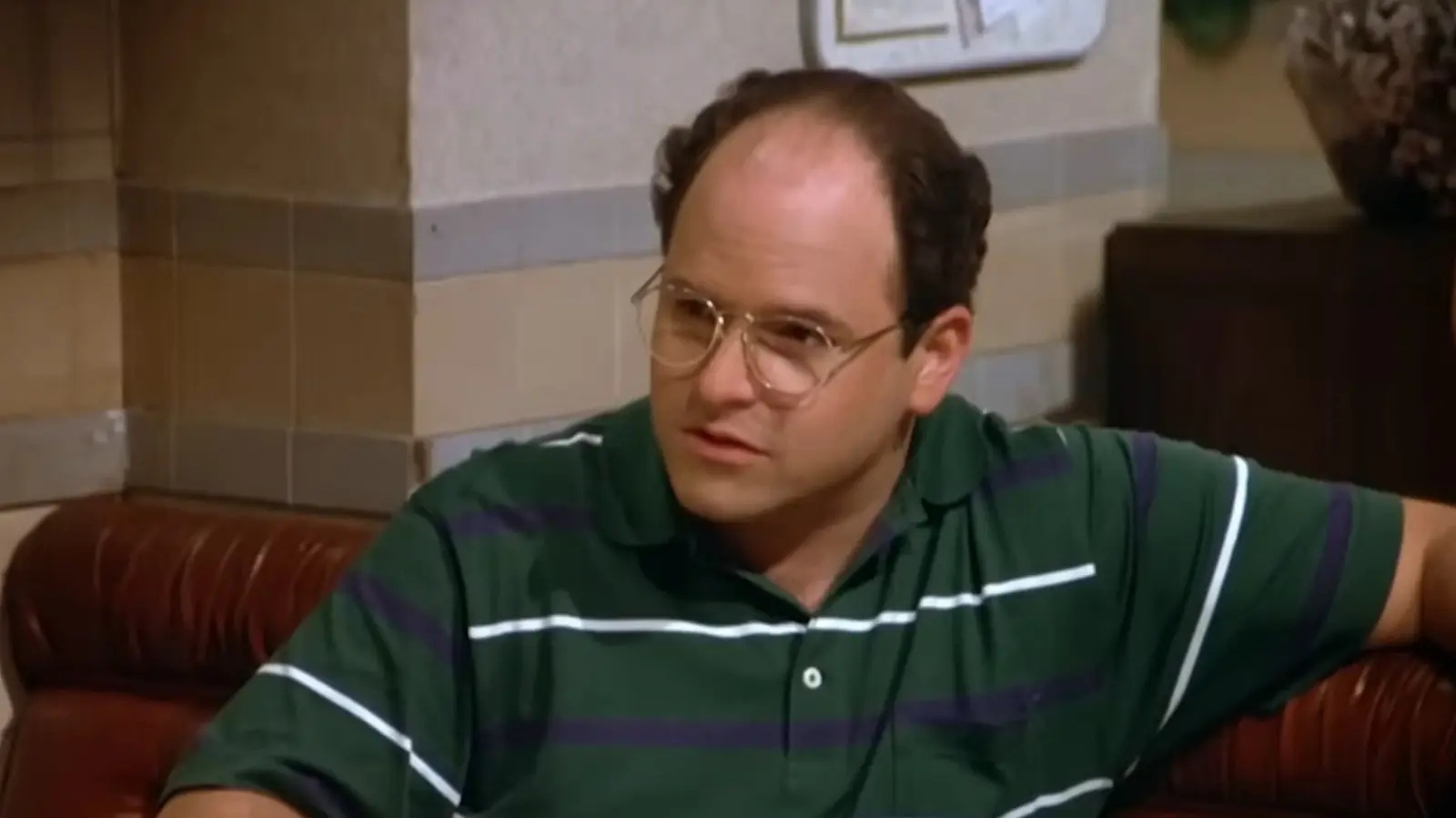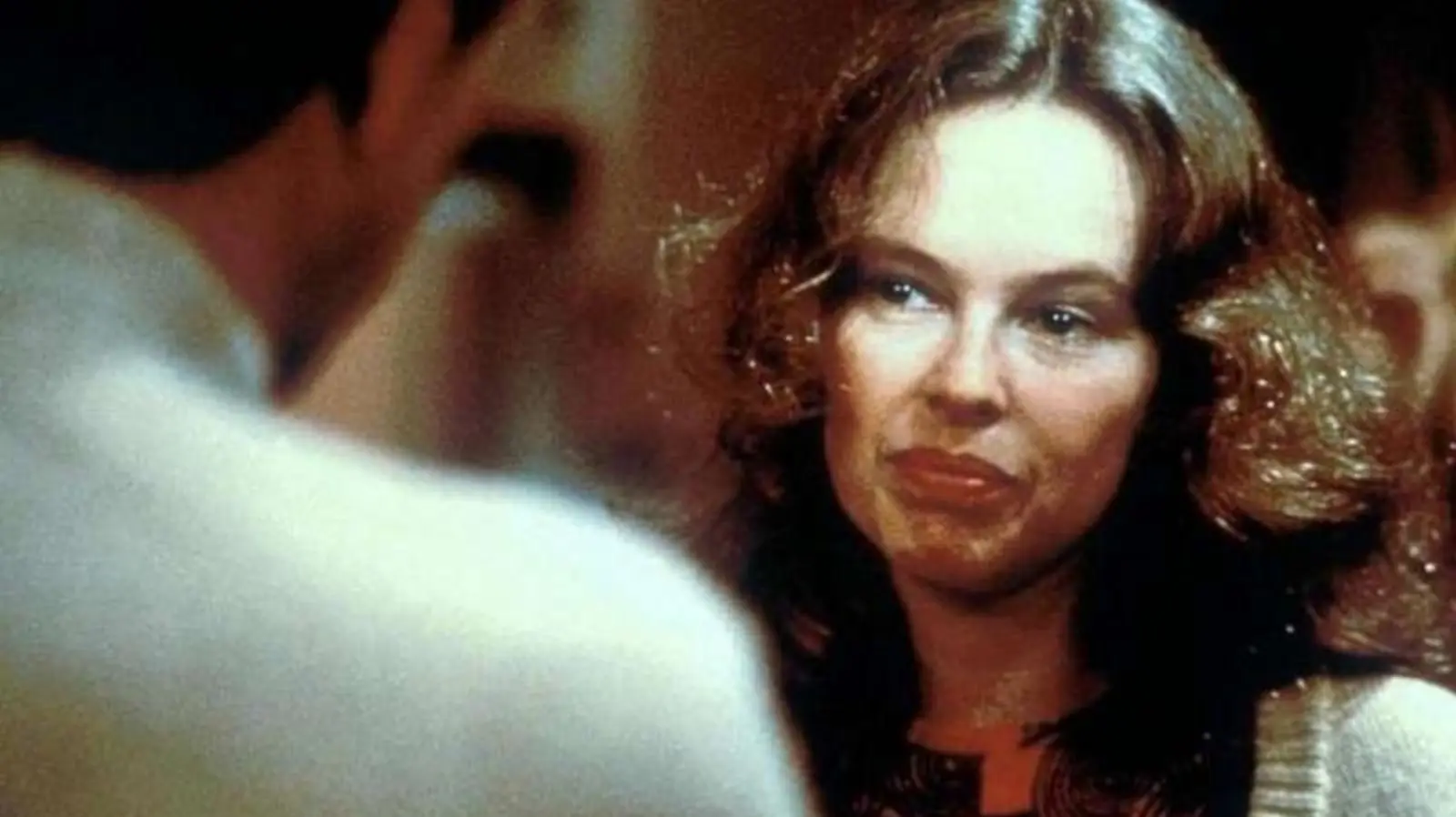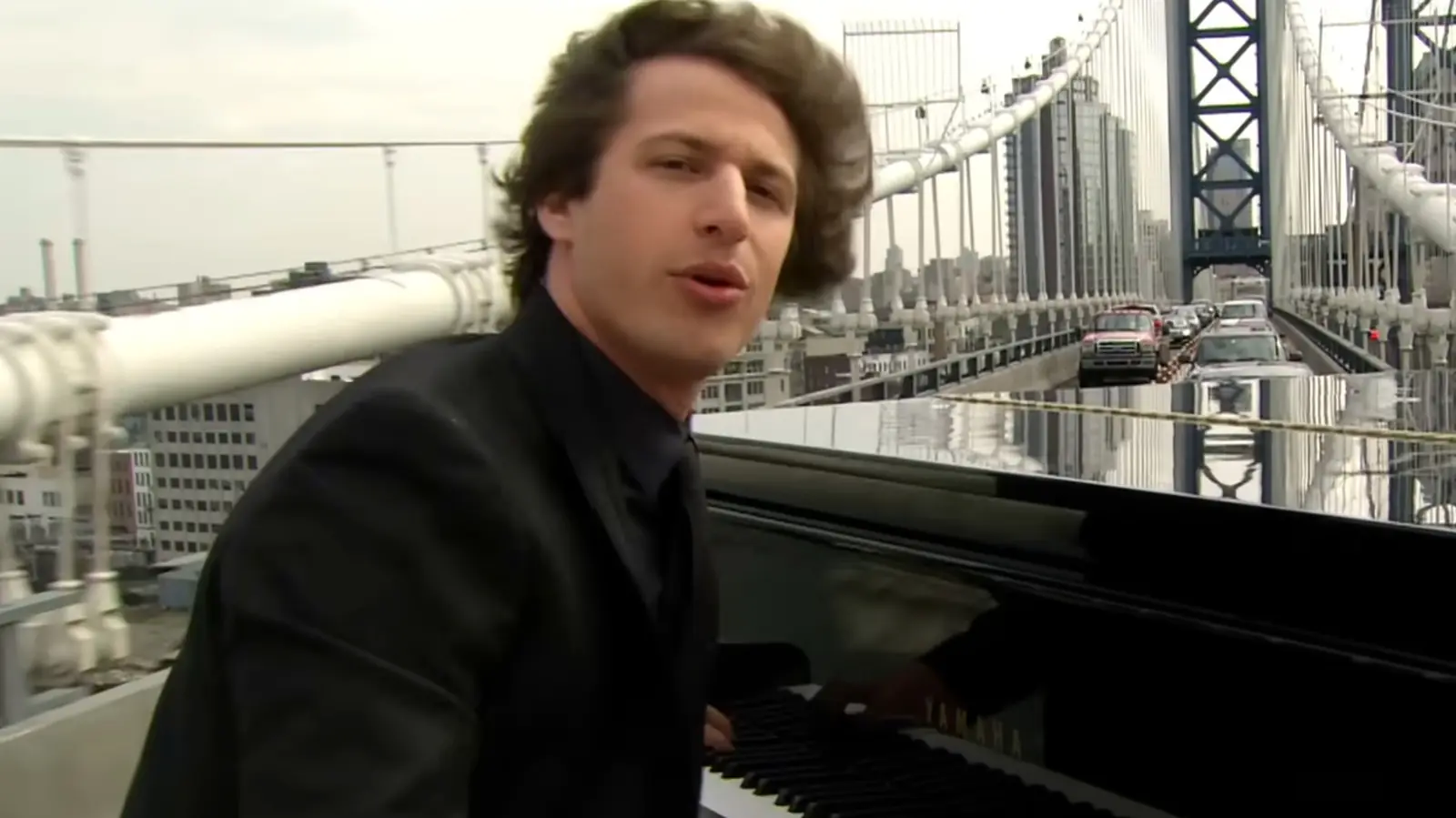In the realm of cinema, some encounters inherently seem like anomalies—a clash of disparate styles and personalities that transcends typical genre boundaries. Such is the case when the rugged and serious Clint Eastwood appeared alongside the irreverently comedic Jim Carrey in a largely forgotten 1980s action-comedy. What may appear, on paper, to be an odd pairing was indeed a memorable cinematic moment, albeit confined within the annals of film history.
The film in question is “The Dead Pool,” the 1988 installment in the “Dirty Harry” series. A cornerstone of the series was Clint Eastwood’s portrayal of San Francisco Police Inspector Harry Callahan, a character known for his grizzled demeanor and no-nonsense approach to law enforcement. This particular film saw the introduction of a storyline swirling with intrigue, wherein a mysterious “dead pool”—a betting pool on celebrity deaths—shot to the forefront of the plot. It’s in this unlikely setting that Jim Carrey makes a brief yet unforgettable appearance.
Jim Carrey, on the cusp of his breakout as a comedic superstar, was still a relative newcomer in Hollywood at the time of “The Dead Pool’s” release. In a role that veered drastically from his well-known comedic talents, Carrey portrayed a rock star by the name of Johnny Squares. His character was embroiled in the narrative’s dark exploration of celebrity culture and mortality. Although the role was small in scope, Carrey’s infectious energy left a distinct impression on those who watched the film.
One of the most striking aspects of this collaboration was the stark contrast between Eastwood’s stoicism and Carrey’s flamboyant exuberance. Clint Eastwood, a veteran in serious, action-oriented cinema, brought gravity and grit to the role of Harry Callahan. Meanwhile, Jim Carrey, notorious for his over-the-top antics and expressive comedic style, added an unexpected flair to the movie’s dynamic. This contrast created a unique tension on screen, rendering their scenes together particularly memorable.
The film’s popularity pales in comparison to other notable entries in the Dirty Harry franchise, largely overshadowed by Eastwood’s more prominent works, like the earlier “Dirty Harry” films which cemented his status as a cultural icon. Nonetheless, “The Dead Pool” holds a spot in popular culture, if only for its ability to capture a brief moment where two vastly different Hollywood figures shared the same screen—a moment that felt like a metaphor for Hollywood’s kaleidoscopic nature.
Though their respective paths in the industry took different directions, Eastwood to further acclaim in directing and more dramatic roles, and Carrey towards becoming a comedic luminary known for roles in films like “The Mask” and “Ace Ventura: Pet Detective,” this early intersection provides insight into the unpredictability and collaborative spirit that define the film industry.
Aside from its narrative and star-studded cast, “The Dead Pool” served as a curious bridge between the refined, more traditional era of Hollywood action films and the emerging wave of comedy and pop culture-infused cinema that would dominate the ’90s. It acts as a snapshot of its time, embracing elements of the burgeoning music video culture that defined the late ’80s and echoed throughout the script with Eastwood acting almost as the relic of an era just beginning to transition.
This cinematic bridge showcased not only the variability of its stars but also highlighted broader trends within the movie landscape. From the script’s reflection of society’s morbid fascination with celebrity death, to its commentary on the evolving nature of fame—what it meant then and how it eerily shadows our media-heavy, connectivity-focused culture today.
The film might not have achieved box-office glory, nor the critical acclaim often bestowed on works with such legendary talents. However, the spectacle of seeing Clint Eastwood and Jim Carrey juxtaposing their distinctive personas was an endearing oddity of cinema history. This cameo of clashing identities—Eastwood’s gruff endurance versus Carrey’s buoyant buoyancy—remarkably encapsulated their respective essences.
Clint Eastwood’s career would eventually weave into directing critically acclaimed films such as “Unforgiven” and “Million Dollar Baby,” showcasing his ability to adapt and thrive within the cinematic world. Meanwhile, Jim Carrey’s trajectory saw him mastering comedic timing and subsequently receiving accolades for serious roles, reflecting his versatility. Their shared moment in “The Dead Pool,” however, serves as a testament to each actor’s unique craft and their ability to impact audiences, even when stepping outside their usual domains.
In reflection, this unusual combination of actors in “The Dead Pool,” reinforces the idea that cinema is a versatile and unpredictable art form. It encourages audiences to reconsider preconceptions about star capabilities and the chemistry that can erupt when seemingly mismatched talents come together. Indeed, the legacy of “The Dead Pool” isn’t solely within its storyline or box office returns but rather in its capacity to house such divergently powerful screen presences.
Though not a major highlight in either actor’s career, the film sustains its charm through its atypical pairing, and perhaps in revisiting “The Dead Pool,” audiences can appreciate the curiosities of film history where paths of legendary Hollywood figures collide—even if only briefly. For film aficionados, it stands as a reminder of cinema’s unpredictability, and for the casual viewer, it’s a curious diversion brimming with nostalgia—both knowing and reveling in the star power it fleetingly united.
Thus, the forgotten comedy of the 1980s offers more than just its plot or performances; it serves as a rare collocation of talent and timing, where gunslinger’s resolve met slapstick’s spontaneity, blending stoic grit with infectious laughter in a union as unexpected as it is memorable.

